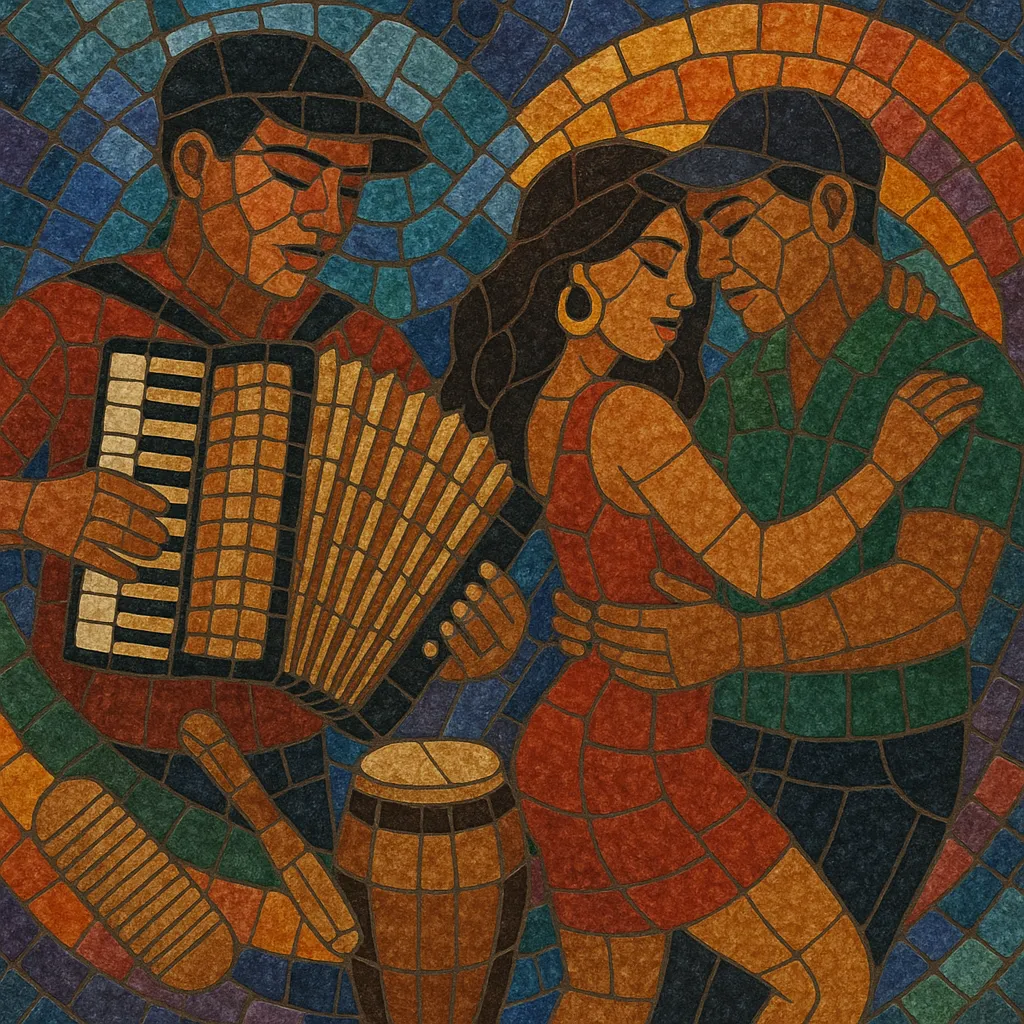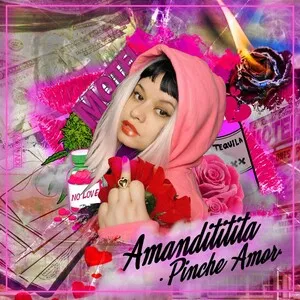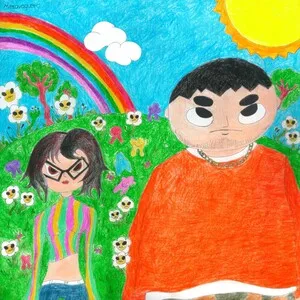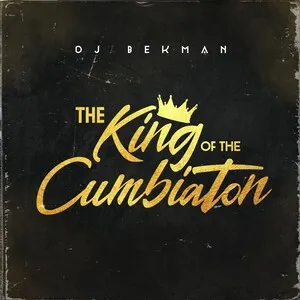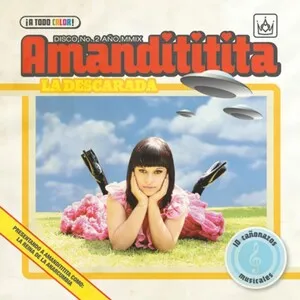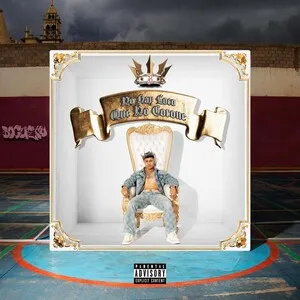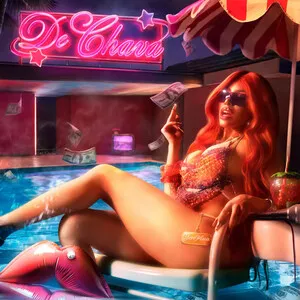Cumbiatón is a hybrid style that fuses the groove and melodic motifs of cumbia with the dembow-driven pulse of reggaeton. It typically sits at a mid-tempo around 90–105 BPM, combining hand percussion and folkloric textures with contemporary urban drum programming.
The style often features accordion or synth-accordion hooks, guacharaca or güiro patterns, tumba/cabasa or conga accents, and a prominent dembow kick–snare framework. Vocals range from sung choruses with call-and-response coros to rap verses, and lyrics usually orbit themes of romance, barrio life, dancing, and youthful nightlife.
Cumbiatón emerged in the 2000s as club DJs and producers in Mexico and the Mexican diaspora began blending cumbia’s melodic riffs and percussive swing with reggaeton’s dembow beat. The style grew out of sonidero and urban cumbia party circuits, where accordion and güiro loops were layered over contemporary drum machines and rap or sing-rap vocals.
As reggaeton spread across Latin America, local scenes adapted its rhythmic backbone to regional flavors. In Mexico, this meant folding cumbia’s iconic timbres and bass movement into dembow patterns, while borrowing hooks, ad-libs, and breakdowns from hip hop and dancehall. Producers like Toy Selectah helped normalize this hybrid in clubs and radio edits, while pop and alt-Latin acts experimented with cumbia/reggaeton crossovers.
In the 2010s and beyond, playlists and digital distribution amplified cumbiatón’s visibility, encouraging a wave of edits, remixes, and genre-fluid collaborations. The style helped open doors for related fusions—digital cumbia, global bass takes on cumbia, and internet-native urbano scenes—by showing how folkloric textures can sit comfortably on modern, bass-forward production.
Cumbiatón maintains a dance-centric identity: portable, hook-driven, and DJ-friendly. It favors short intros, vocal drops, and crowd-pleasing choruses, while keeping the rhythmic pocket of cumbia intact. The result is a party-ready sound equally at home in neighborhood fiestas, pop festivals, and hybrid club nights.

